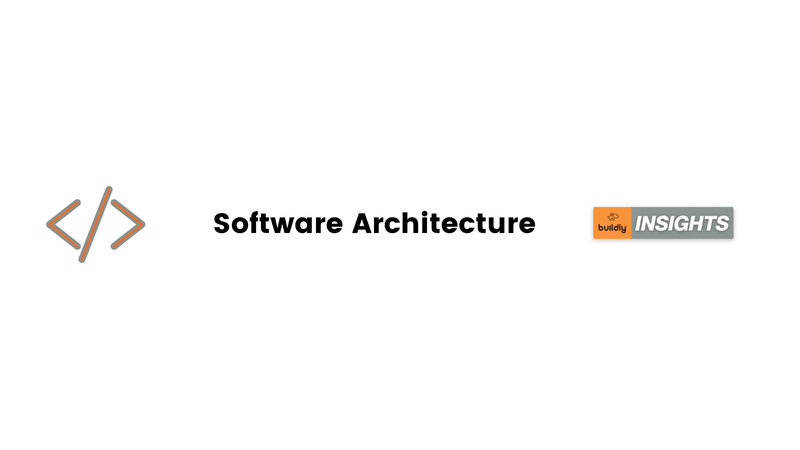Software Architecture

- admin
- Feb. 27, 2023
In the field of software development, the design of a software system is referred to as its "architecture”. A software architecture is a schematic or high-level view of how a software system is organized, structured, and behaves. In order to ensure the overall quality, scalability, maintainability, and performance of the software program, it offers a conceptual framework for its development.
The development team, stakeholders, and users can all communicate with one another via the software architecture. It aids in ensuring that everyone is involved in the development process. The software architecture helps in reducing development costs and raising the quality of the program by giving a clear and simple description of the software system.
Software architecture is composed of various essential components, including:
Components: A software architecture outlines the various software system's parts and how they work together. A software system is made up of components, which can be thought of as independent functional units that combine to produce the software's total capability.
Connections: The connections between the parts of the software system are specified by the software architecture. Connections describe how the parts communicate with one another, such as through secondary storage, message forwarding, or function calls.
Data: The data that a software system uses, as well as how it is stored, retrieved, and processed, are all specified by the software architecture. This covers the software's use of databases, file systems, and data structures.
Interfaces: A software architecture specifies the interfaces that the software system will use to communicate with its users and any other software systems with which it may come into contact. This covers communication protocols, user interfaces, and APIs.
Limitations: A software architecture identifies the restrictions placed on the development and design of the software system. Constraints on compatibility, security, and performance are all included.
Software architecture comes in a variety of forms, each of which has advantages and disadvantages. Among the prevalent forms of software architecture are:
Monolithic Architecture: A monolithic architecture consists of a single executable file that contains all of the software's components. Although this kind of architecture is straightforward to create and use, scaling and maintaining it can be challenging.
Client-Server Architecture: A client-server architecture separates the software system into client and server components. The server receives requests from the client, processes them, and replies to the client. Although it can be more difficult to create, this kind of architecture is scalable and simple to maintain.
The software system is divided into small, autonomous services that communicate with one another through APIs in a microservices architecture. Although it can be more difficult to build and implement, this kind of architecture is more flexible and scalable.
Software architecture, which offers a high-level perspective of the organization, structure, and behavior of a software system, is a crucial component in software development. It contributes to the overall quality, scalability, maintainability, and performance of the software. Developers can design efficient software architectures that satisfy the requirements of their customers and stakeholders by comprehending the parts, connections, data, interfaces, and restrictions of a software system.

